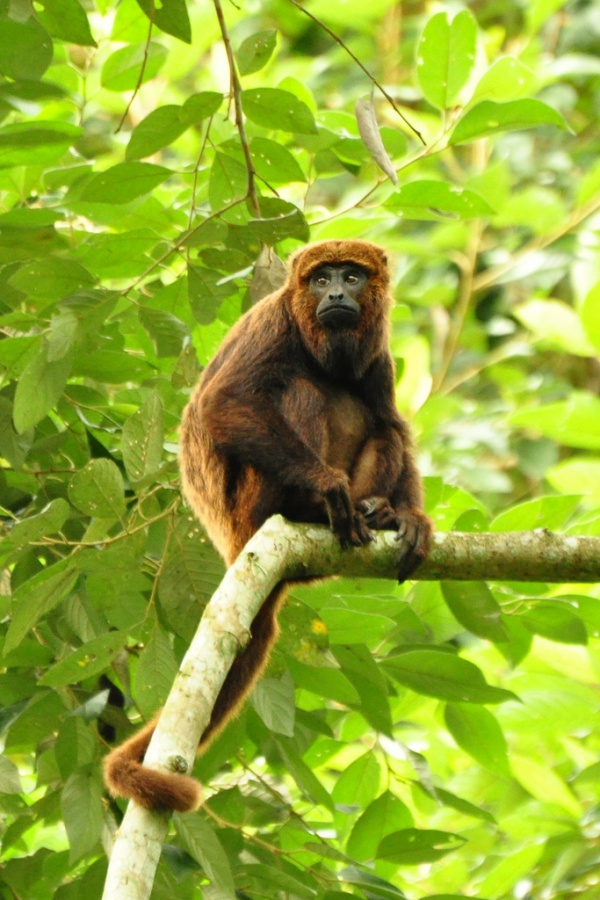Facts About Howler monkey
Howler monkeys are among the most fascinating creatures in the New World, renowned for their booming howls that can echo through dense rainforests for miles. These monkeys inhabit the forests of South and Central America, although their existence is now threatened by human activities such as hunting, habitat destruction, and capture for the pet trade or zoos.
There are fifteen recognized species of howler monkeys, all classified under the family Atelidae. These monkeys are easily identifiable by their short snouts, keen sense of smell, and prehensile tails, which they use to grasp fruits and nuts. They also possess trichromatic color vision, allowing them to see a range of colors, and they typically live between 15 to 20 years.
Howler monkeys exhibit sexual dimorphism, meaning males are generally larger than females. They are quadrupedal, moving on all fours, and often use their strong tails for support as they navigate the forest canopy.
Regarding social behavior, howler monkeys usually live in groups that include one to three adult males and several females. Communication is crucial for them, and their vocalizations are a key part of their social interactions. In fact, their deep, resonant howls are the loudest of any land animal and can be heard from great distances.
Diet-wise, howler monkeys are primarily folivores, meaning they mainly eat leaves from the top of the canopy. They also savor fruits, buds, flowers, and nuts.
Although not aggressive by nature, howler monkeys do not adapt well to life in captivity. Despite this, they have been kept as pets in some regions. In Mayan culture, howler monkeys were revered as divine patrons of artisans, and their images frequently appear in ancient artworks and myths.

 Belize
Belize